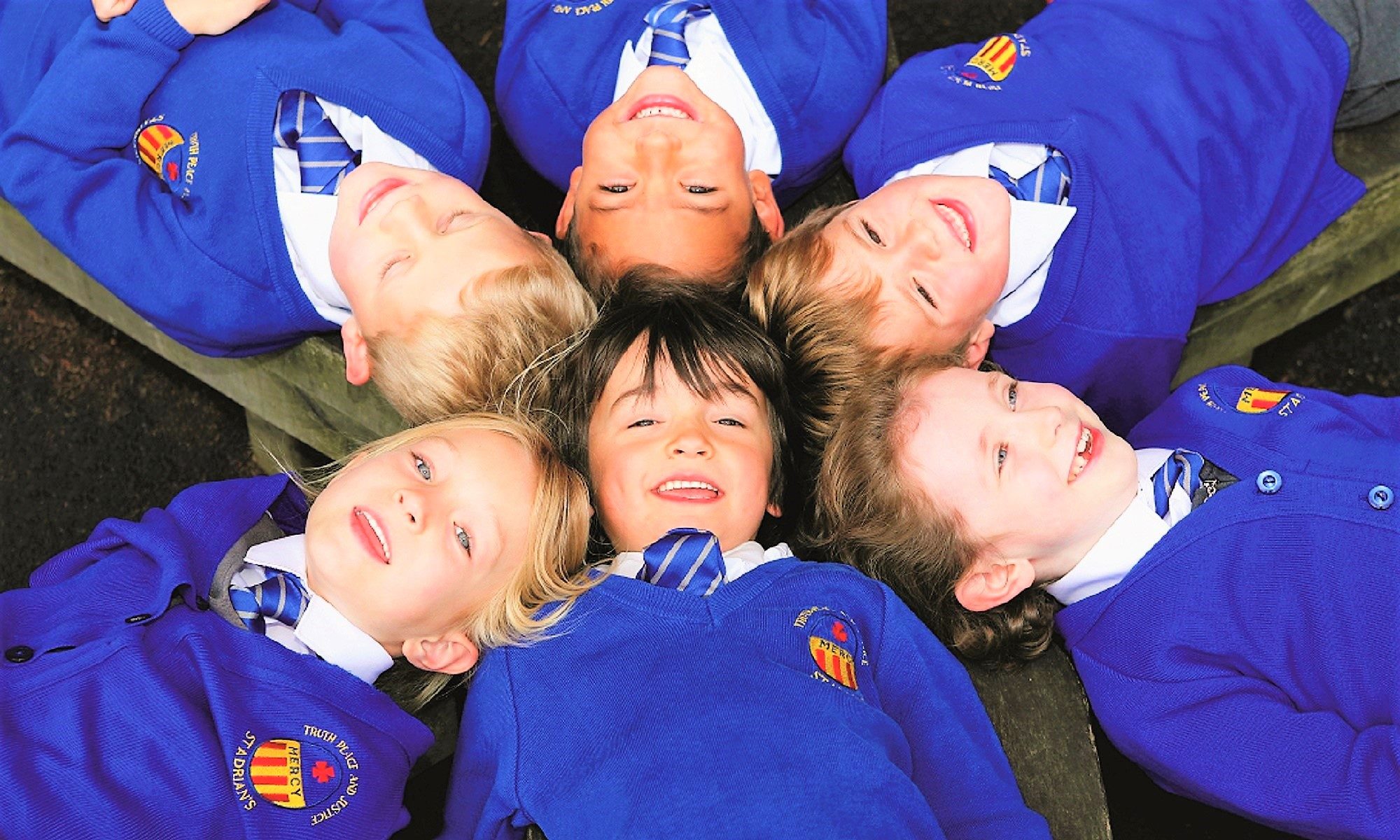Good morning Reception parents and children,
Many thanks for all your Tapestry entries and such a great start to the half term. I am super excited about our return to school. Next week we will concentrate on lots of activities to help prepare the children for the 8th March. Our focus will be on the children’s well-being and making sure they are confident and happy to come back to school. We will start back gently and concentrate on getting everyone ‘ready to learn’ for the first week or so.
Reading

Please take the time to read with your child. This could be the reading materials provided in your child’s book bag eg. reading books, word strips or word bag. However, if you’ve already exhausted those materials, please have a go at accessing the ebooks I sent via the Memo section of Tapestry. Just a reminder, the links provided for your child are via the Oxford Owls website. You will need to set up a log in. However, this is fairly simple and you only have to do it once.
Here’s a link to the log in page of the Oxford Owls website:

https://www.oxfordowl.co.uk/please-log-in?open_loginbox=true
Please encourage your child to read each book two to three times. Perhaps over the course of this week. This will help develop fluency. Short, frequent reading time is most effective. Once your child is ready for new books, post a Tapestry observation and I will select new books accordingly. Thank you to those parents who are accessing the ebooks and keeping me informed.
Letters and Sounds
Today’s new sound – ‘air’ (trigraph three letters but one sound)
This video introduces the ‘air’ sound.
Here’s Geraldine the Giraffe:
Show your child how to write ‘air’ using the correct letter formation.

Letter formation for ‘a’ ‘i’ and ‘r’ can be found in your child’s letters and sounds book.
Encourage your child to ‘have a go’ at writing the ‘air’ sound.
For challenge
Only if your child is ready. Write the following words:

For extra challenge
Write a funny caption and draw a picture to accompany the caption.


Maths
Don’t forget about zero

This may seem like a strange activity, but it will reinforce that although zero is nothing, nothing can be counted. At various points during your daily routine, ask your child to collect you ‘zero’ of something. For example, “Can you pass me two apples and zero bananas please?” You can do this whilst playing, putting the shopping away, organising the washing etc.
Hiccup game

This activity will help your child learn to develop fluency when counting up and down from different points on a number line.
You will need:
Numeral cards 0-10 (or 0-20 if your child is ready)
You could use the numeral cards posted on the Tapestry Memo section or just write your own.
What to do:
- Place the cards in order on the floor or a table 0-10.
- Start from different points on your number line.
- Ask your child to start to count forwards whilst pointing at each number until you (parent) hiccups.
- Ask your child to then go back to the previous number and continue to count down.
- Repeat from a variety of start points.
For example 10, 9, 8, (hiccup) 9, 8, 7… or 3, 4, 5, (hiccup), 4, 5, 6…
Through regular rehearsal, your child will be saying one more and one less when counting but they will need to be able to state the numbers one more or one less than any given number.
For extra challenge:
Numbers 0-20
Ask your child to pick a number between 0 and 20, using the number line.
Ask your child to state one more and one less than the chosen number.
Grow your own vegetable tops



You will need:
Any root vegetable eg. parsnip, carrot
Plate
Water
Knife
What to do:
- Cut the tops off a root vegetable.
- Place on a saucer.
- Add a small amount of water – the vegetable tops shouldn’t be swimming in it!
- Place on a window sill or similar.
- Top up water daily. You do not want the tops to dry out.
After a few days, encourage your child to talk about what they notice. Green sprouts should begin growing out of your vegetable top. Encourage your child to look after the veg tops by changing the water each day until these have grown to about 10cm. This edible new growth can be cut with safety knives or clean scissors and added to sandwiches, salads or soups.
Adaptations:
Your child may want to keep a ‘diary of your vegetable tops’, and record the changes daily. This could be done with writing or through drawings.
Why not experiment with where your tops grow best? What happens if you don’t give any water to some of them? What happens if you leave some on a plate above a radiator?
Enjoy your day!
Nicola Palmer

